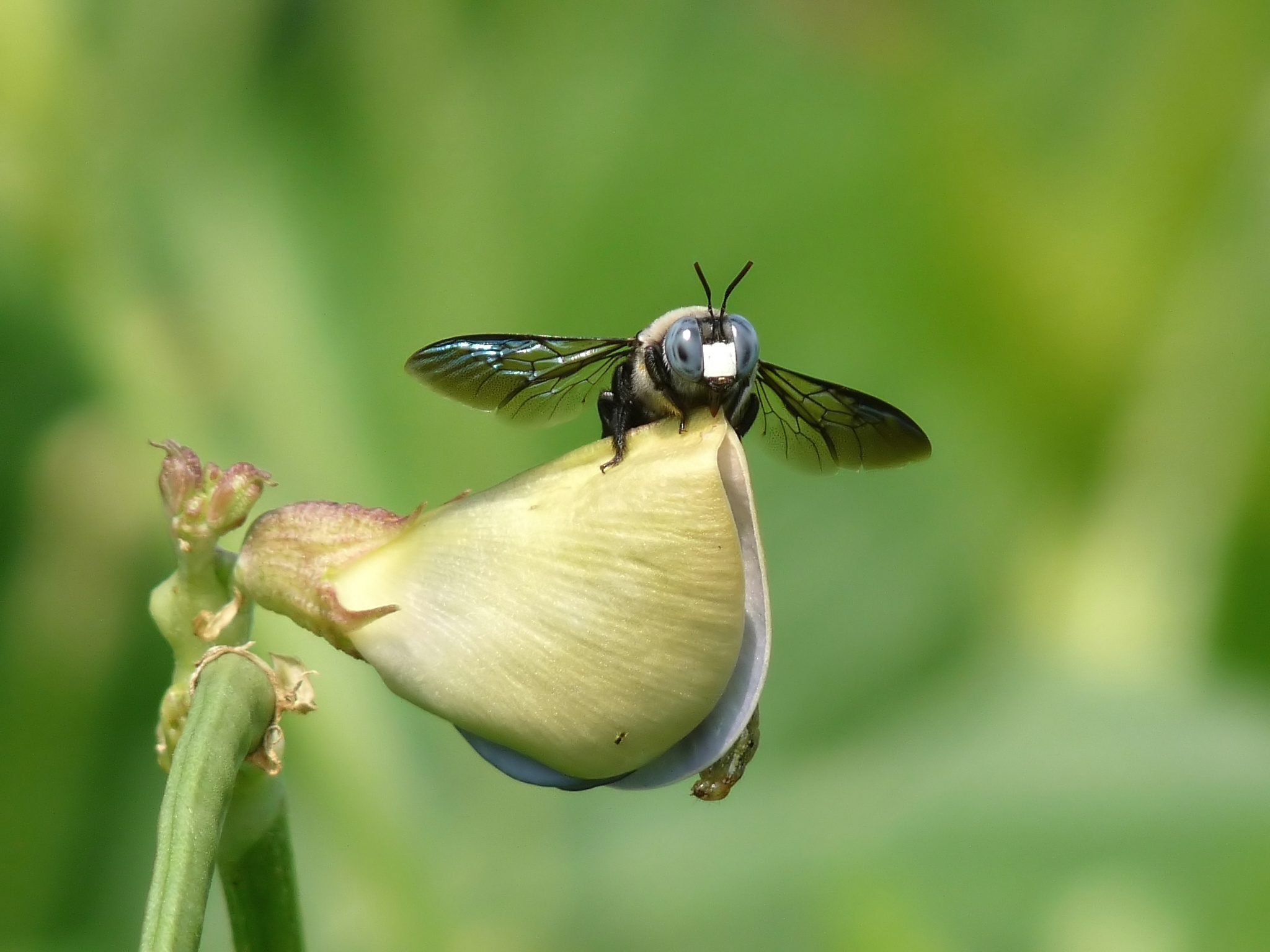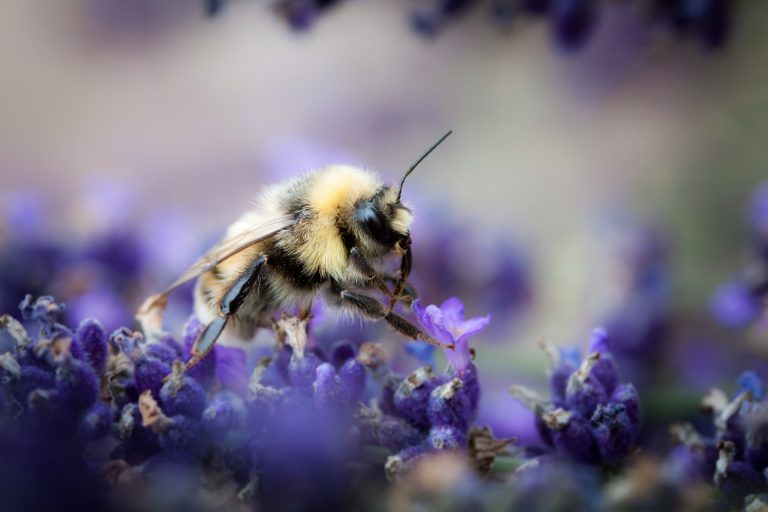Buzzing bees busily gathering nectar and pollen is a heartwarming sight, especially when we remember that bees pollinate many of our favorite food crops, including fruits, nuts, vegetables, and herbs. For a variety of reasons, many species of pollinators are in decline around the world. Loss of habitat, the use of pesticides, competition, and the spread of disease have weakened and decimated large populations, threatening our own food supply.
With the situation coming to light, especially revolving around the honey bee, kind hearted people have sought to help our industrious little friends.
Understanding the honey bee
At the very mention of bees, most minds fly directly to the honey bee. While we have become dependent upon these pollinators for modern agriculture, they originate from Europe, and only after being introduced to North America in the 1600s did they replace many of our native bees.
Agricultural practices like the use of pesticides and monoculture have weakened large populations of honey bees, making them more susceptible to disease. A heightened need for pollinators led to the practice of farming honey bees out to different farms as needed, which is likely to have contributed to the further spread of disease.
Honey bees are indeed a great asset, and ought to be protected from further injury; but the solitary native bees are also invaluable, and bringing their populations back is a worthwhile endeavor. These simple measures are recommended for homeowners and gardeners wishing to assist bees as pollinators.
1. Plant a Bee Garden
Success
You are now signed up for our newsletter
Success
Check your email to complete sign up
Cultivating flowering plants in your garden or growing them in pots on your patio or balcony is the first step to attract and feed bees, with the added bonus of butterflies and hummingbirds.
Bees need two types of food: pollen, and nectar, but different bees have their own unique requirements, depending on their environment. For example, the desert bee thrives on the flowers grown in arid conditions, and bees found in the mountains like wildflowers that bloom during their foraging season. Bees in urban areas thrive on the flowers that were present before industrialization and urbanization.
By planting trees, shrubs, and wildflowers that are native to your region, you can help attract the most appropriate pollinators. A variety of plants, including annuals, which offer an abundance of flowers, and perennials, which have different bloom times, are likely to bring pollinators in and entice them to return regularly.

Depending on your area, common annuals and perennials that are easy to sow may include asters (Asteraceae family), black-eyed Susan (Rudbeckia family), catnip (Lamiaceae, or mint family), clover (Fabaceae family), forget-me-not (Boraginaceae family), mustards (Brassicaceae, or cabbage family) and sedum (Crassulaceae family).
Shrubs and small trees to consider include blueberries (Ericaceae family), willow (Salicaceae family), chokecherry (Prunaceae, or rose family), and lilacs (Oleaceae, or olive family).
Flowering aromatic herbs provide a double benefit, as these plants often offer medicinal properties to help boost bees’ immunity and enable them to ward off disease.
While foraging and gathering pollen, bees get thirsty. A small birdbath or even a bowl with fresh water is a welcome oasis. Small stones in the pool will prevent the bees from drowning, as it gives them something to settle on as they drink.
2. Spare the weeds
Many plants that people consider weeds are valuable forage plants for pollinators that require little or no care from you. Here in the Northeast, dandelions (Asteraceae family), creeping Charlie and bee balm (both in the Lamiaceae family), Joe Pye weed (Asteraceae family), and wild geranium (Geraniaceae family) are all prime candidates for adoption.
While you don’t need to let these tenacious herbs run amok in your garden, letting them finish their bloom will give you and the bees the benefit of their flowers. Cutting them back before seeds form will keep them in check.
Dandelions are especially nice, as they produce early pollen for the bees, and edible bitter greens for the gardener. The root is often roasted to make a coffee-like tea, which is said to aid digestion.
3. Provide habitat for native bees
Of the 20,000 bee species on the planet, most bees are solitary and nest in the ground. Unlike honey bees, which must protect a colony, many solitary bees are tiny and do not sting. Even if they can sting, a solitary mother bee is unlikely to risk getting smashed, as there would be no backup to take care of her young. Zero male bees have the ability to sting.
Now that you are comfortable with the idea of bees living below your feet, you can create a simple habitat for them to take up residence. Let a section of your garden or yard stay untidy and undisturbed. A natural area strewn with leaves, hard-packed soil, or scraps of wood will provide lodging and protection for your local pollinators.
4. Avoid chemicals
Pesticides, herbicides, and fungicides are all harmful poisons that can kill bees. Some pesticides, like neonicotinoids, are systemic, making all components of the plant toxic to bees, including the nectar and pollen.
To avoid harming bees, use only organic products to control other insects, and never spray plants that are in bloom. In addition, with today’s genetically modified botanicals, we have little knowledge of the impact such organisms have in nature, so it is important to purchase seeds that are both organic (always non-GMO) and free of neonicotinoids.
Keep these things in mind as you embark on your adventure in bee stewardship, and you will likely gain a greater appreciation of nature and a feeling of being truly “present” in your garden. As Elizabeth Lawrence said, “The hum of bees is the voice of the garden.”
Simone Jonker contributed to this report.















